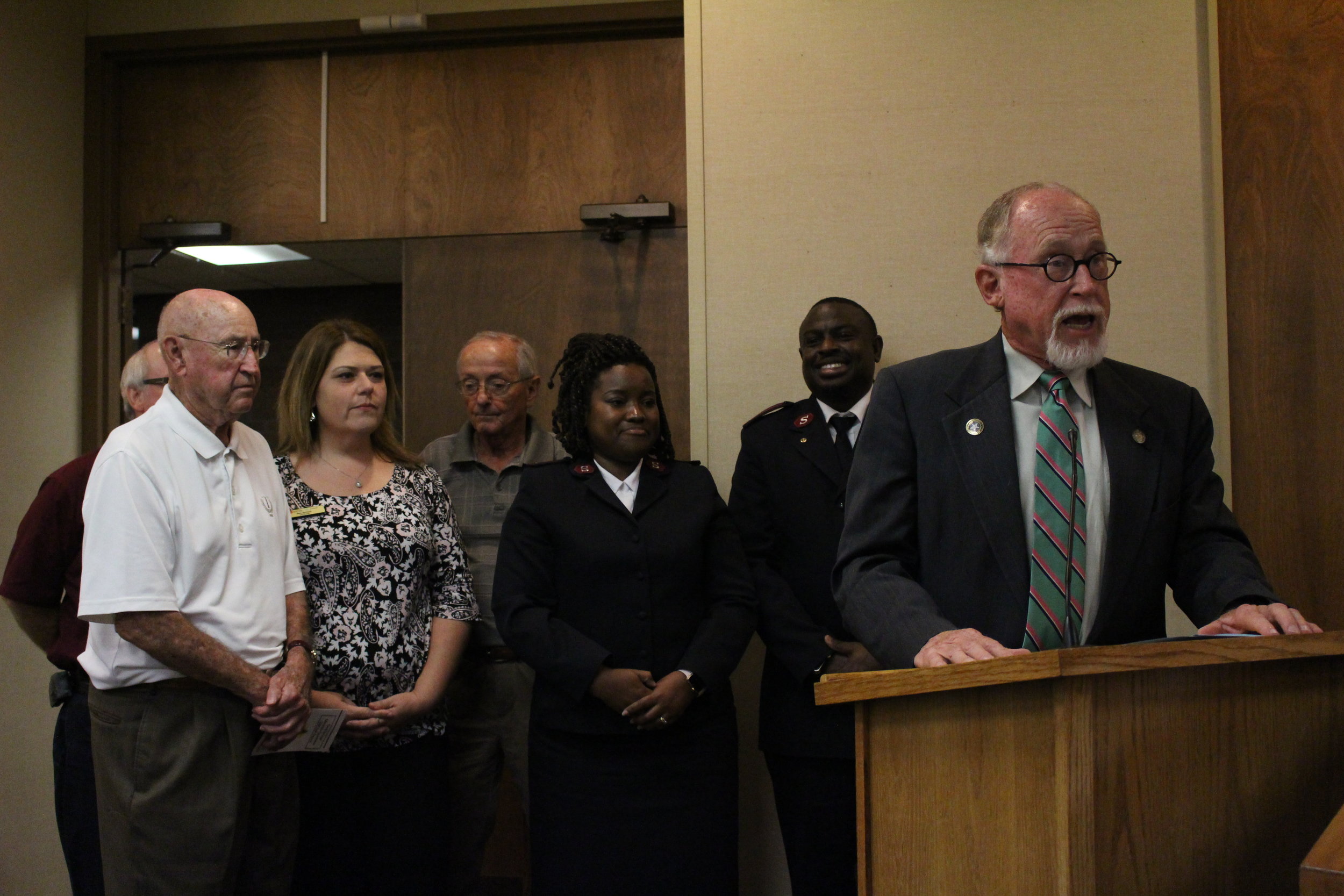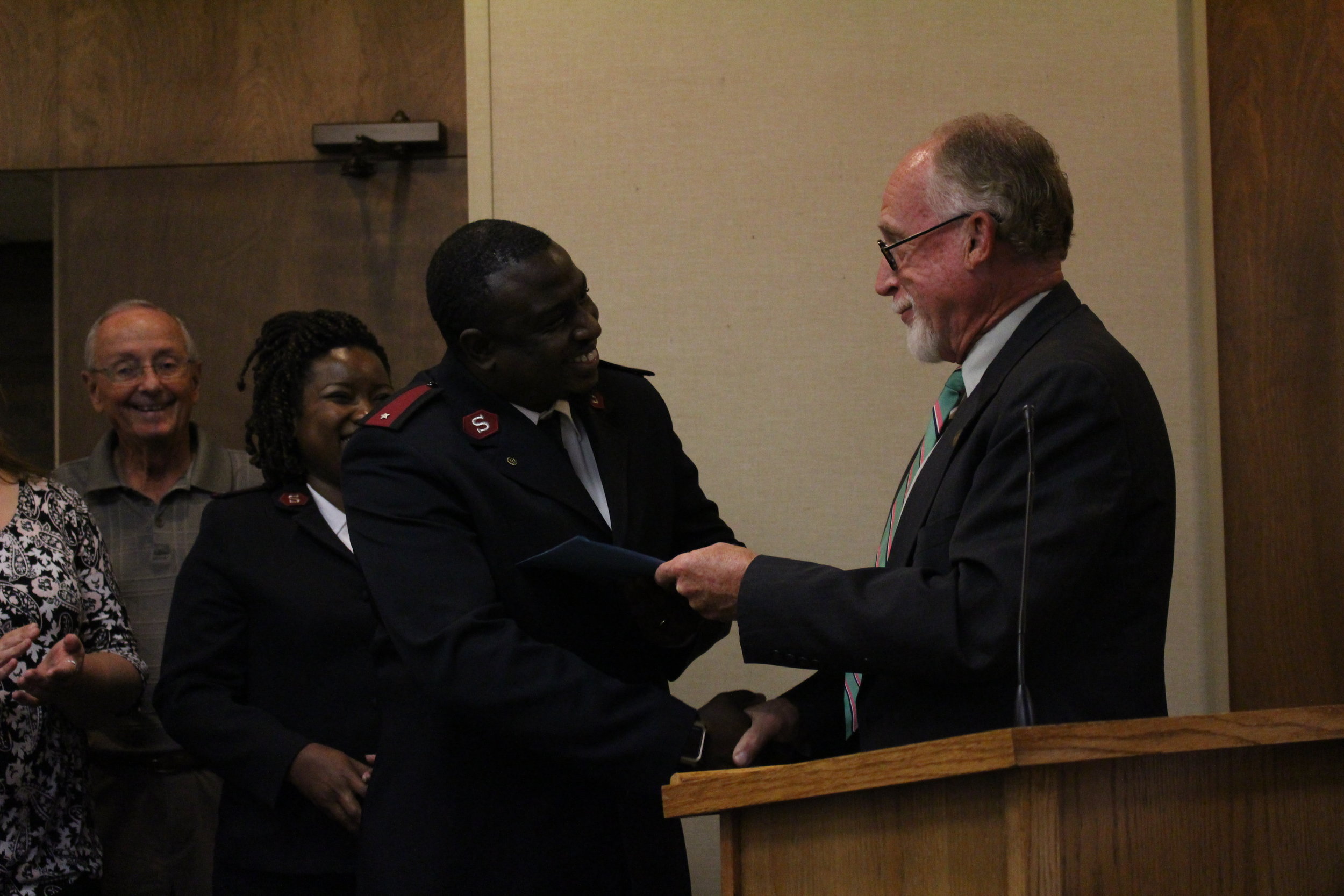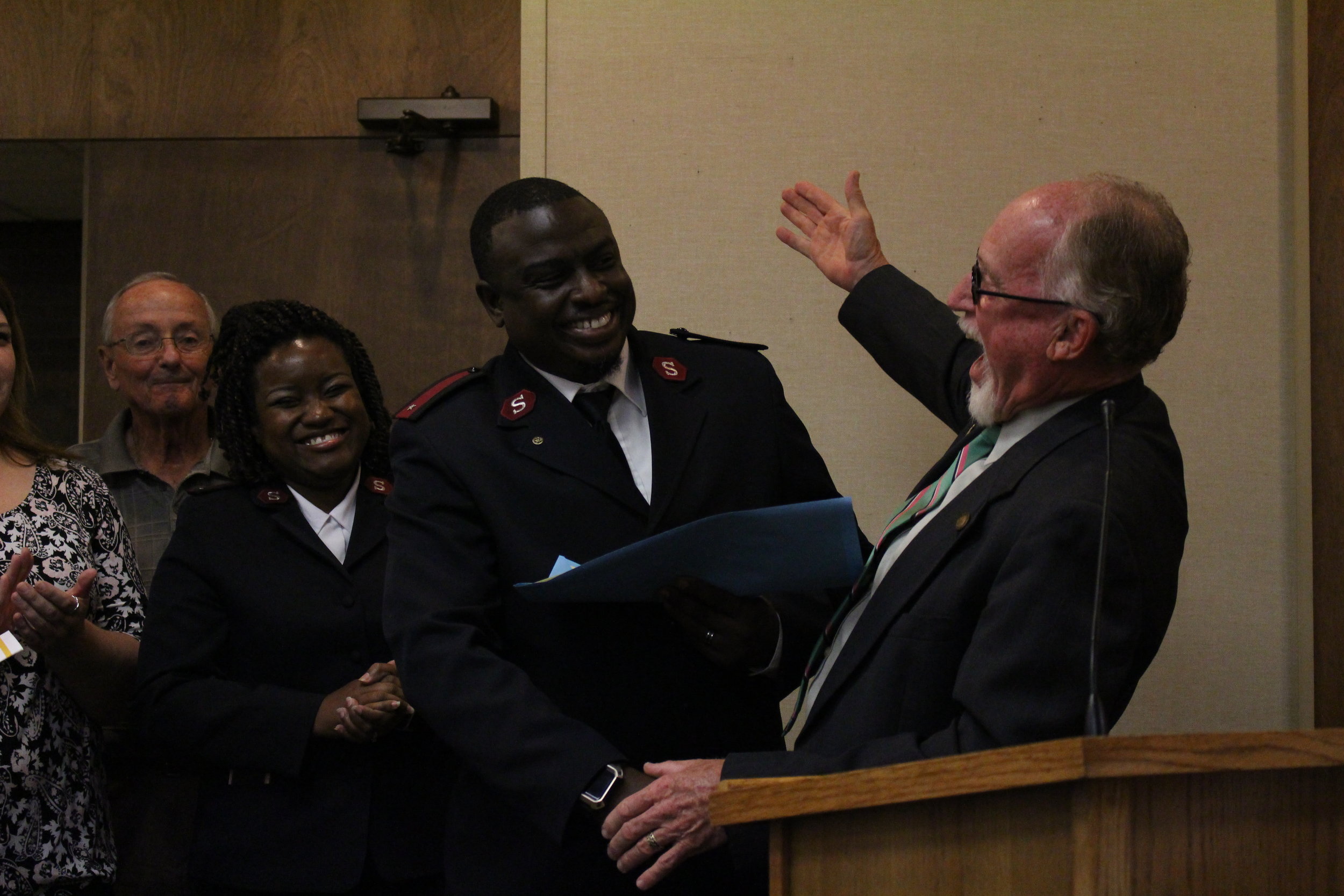OKLAHOMA CITY – For the first time in the 49 year history of the Oklahoma Department of Corrections, the population of individuals who are incarcerated, on supervision or are currently in a county jail awaiting transfer has surpassed 61,000 this week.
Today’s system wide count is 61,012.
There are 26,619 inmates being housed in state-run and private prisons or halfway houses; 32,564 being supervised on GPS monitors, community supervision or by probation and parole officers; and 1,829 in county jail backup.
Corrections Director Joe M. Allbaugh calls the numbers a sobering reminder of how overpopulated and dangerous the state's prison system continues to become.
“We are beyond the tipping point,” Allbaugh said. “The staff and the public are at risk every day when we operate at this capacity. We are critically understaffed in facilities that weren’t built to house inmates. Some of these places are over a century old, causing the agency to hemorrhage money. Statewide, our prisons are in need of more than $2 billion in infrastructure repairs.
“We have individuals working in the agency who qualify for food stamps and an astronomical turnover rate close to 40 percent, which is leading to money spent on perpetual officer academies and training for new employees. The inefficient practices inundating the agency for decades must end."
Allbaugh is a member of Gov. Mary Fallin’s Oklahoma Justice Reform Task Force, which recently had its deadline for recommendations of proposed legislation extended.
“I am encouraged by some of the recommendations being discussed by the task force,” Allbaugh said. “However, we need to stop nibbling around the edges and pass substantive reforms that will have an immediate impact on the population.”
The Crime and Justice Institute and the Pew Charitable Trusts have been providing assistance to the task force. The organizations have concluded if no action is taken Oklahoma’s prison population will increase by 25 percent over the next 10 years and the state will need three additional prisons to handle the increased population.
The total cost to Oklahoma taxpayers is an estimated $1.2 billion in capital needs with an additional $700 million in operating costs.
“The department has operated the same way for more than 30 years and it's unacceptable," said Corrections Board Chairman Michael Roach. “It’s hard to imagine the situation getting worse. We have seen the numbers. If we don’t take immediate action the system will continue to erode to a point of disrepair forcing the taxpayers to foot an even larger bill.
“We need to get more individuals on board with meaningful reform to right this ship.”
Roach said the current state of the agency is the reason behind the $1.648 billion budget request the corrections board members unanimously approved at the last board meeting.








